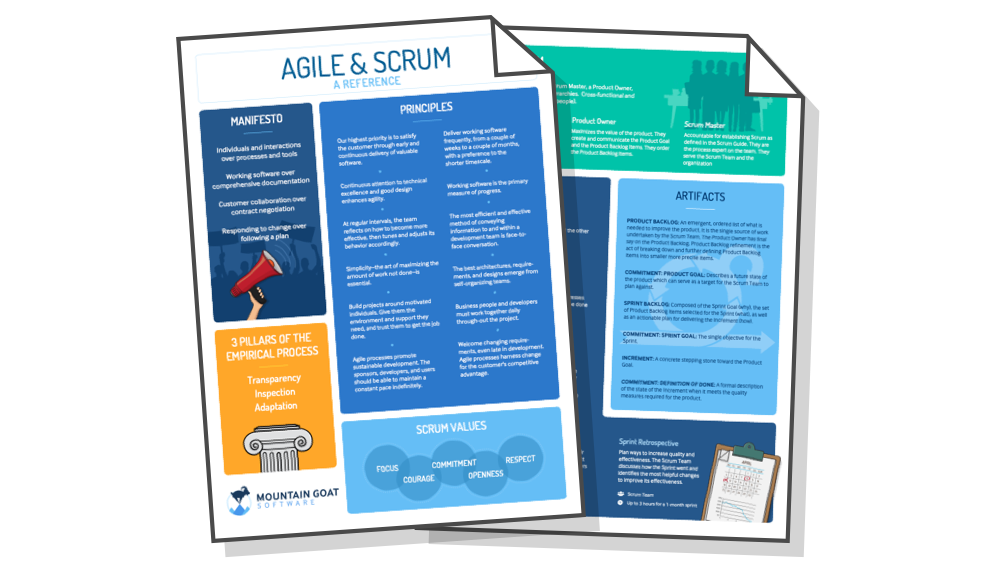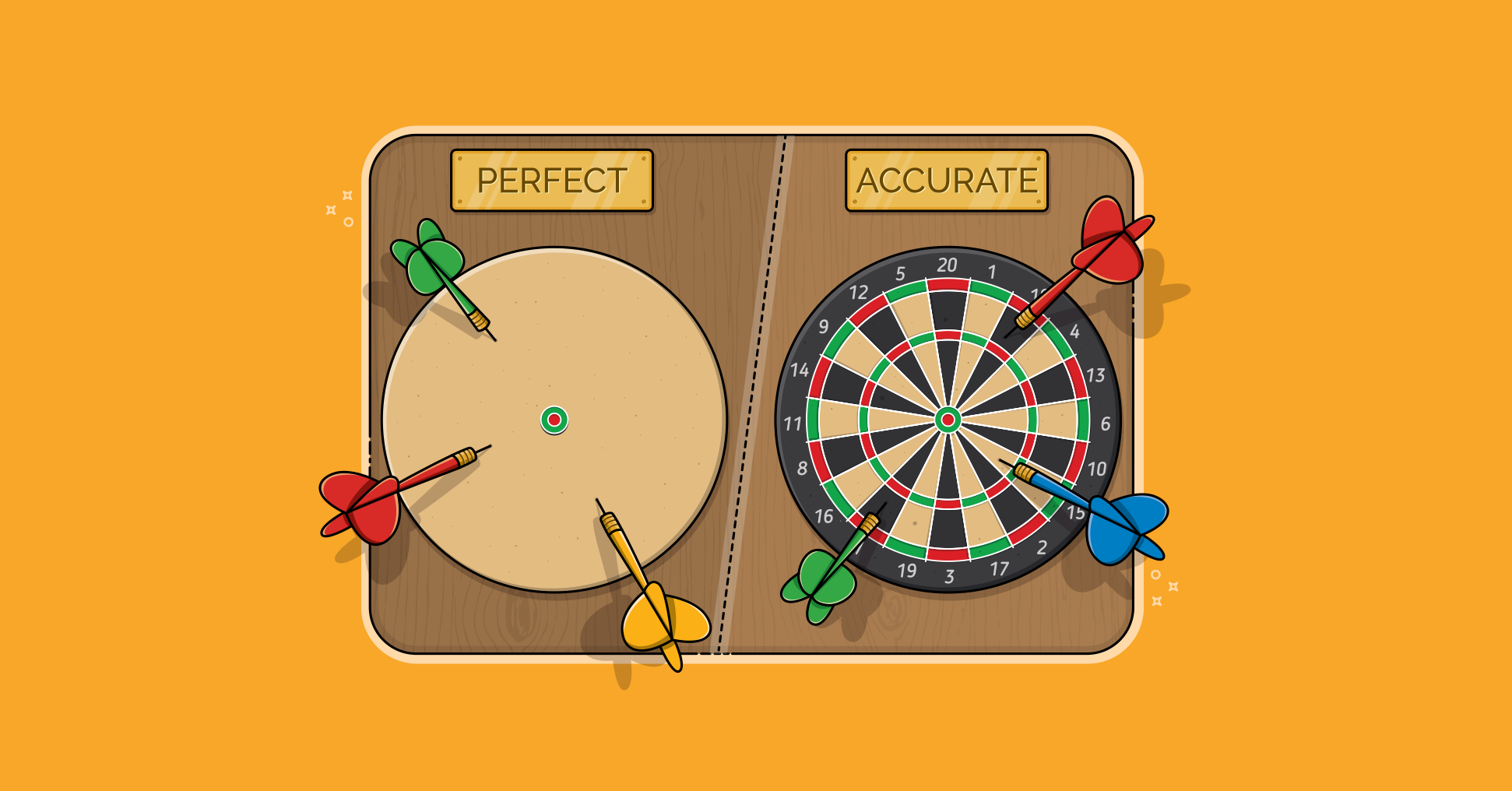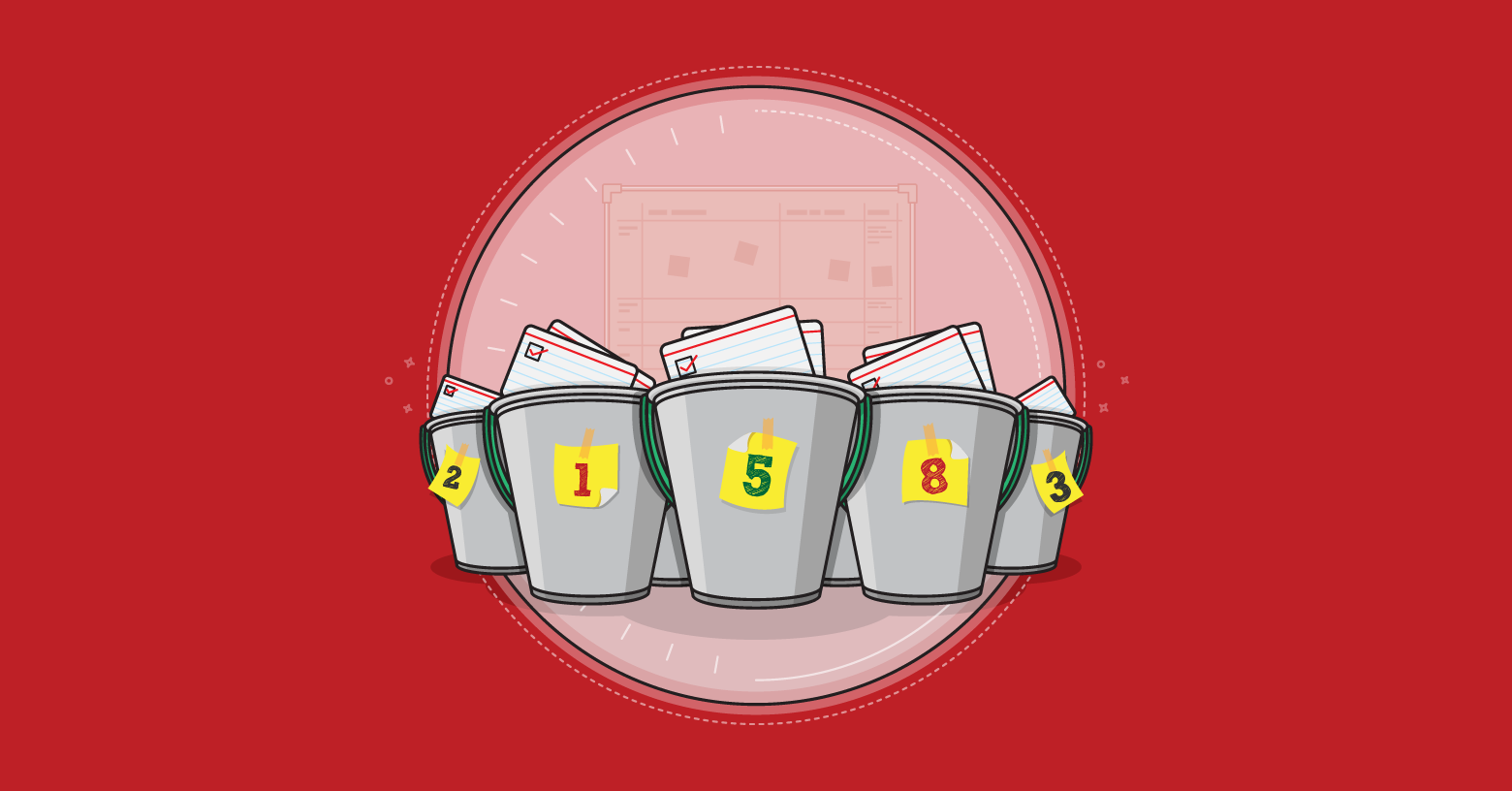 I occasionally encounter the use of t-shirt sizes (Small, Medium, Large, or so on) in use as estimating units by teams. T-shirt sizes are an OK approach to getting started with relative estimating, but they suffer from two severe weaknesses:
I occasionally encounter the use of t-shirt sizes (Small, Medium, Large, or so on) in use as estimating units by teams. T-shirt sizes are an OK approach to getting started with relative estimating, but they suffer from two severe weaknesses:
- They aren't additive. You cannot tell a boss you'll be done in 3 mediums, 4 larges, and 2 petites.
- Your view of an XL may not match mine. You may think it's 50% bigger than an L; I may think 25% bigger.
Teams get around both weaknesses with some underlying assumptions (hopefully stated) about size. They may, for example, state, “Let's call a medium a 5 and a large a 10.”
The primary advantage to t-shirt sizes is the ease of getting started. If a team needs to start with t-shirt sizes, that's fine. Later, though, that team will be better off using numbers directly. I might forget that an XL is 33% bigger than an L. I won't forget that a 10 is twice a 5. (If I do, the team has a different problem!)
T-shirt sizes can be a great way of becoming accustomed to relative estimating. So, start with them if your team finds that easier. But minimally put some underlying numbers on them (e.g., Medium=5) and then gradually shift to using the numbers directly.








